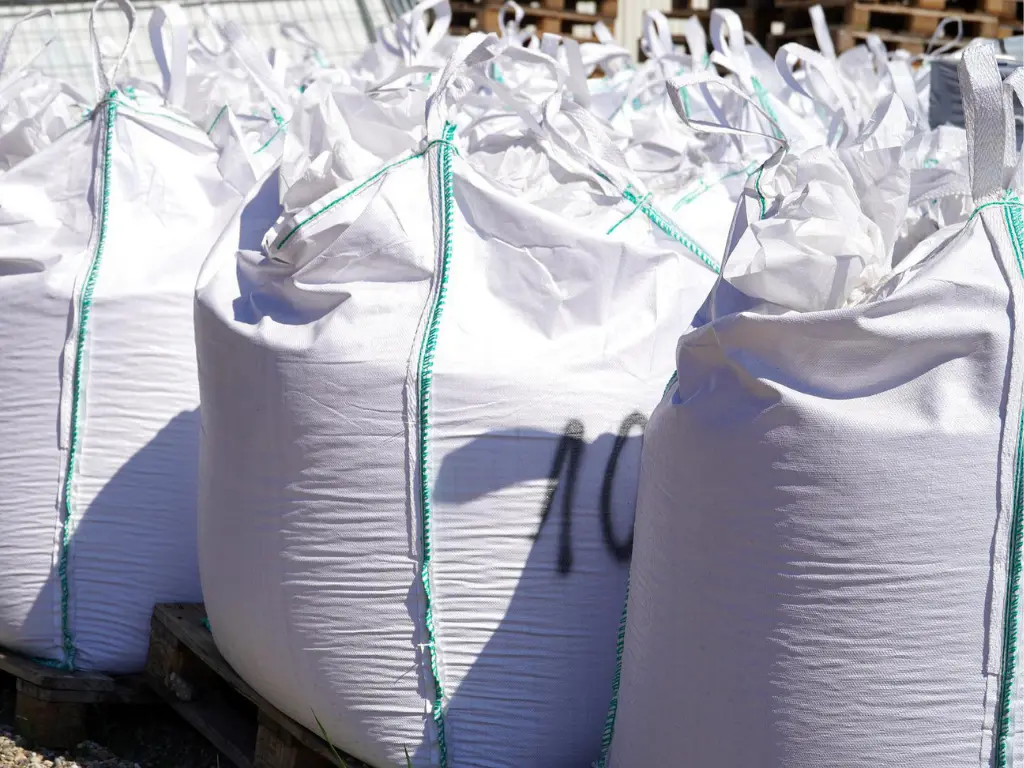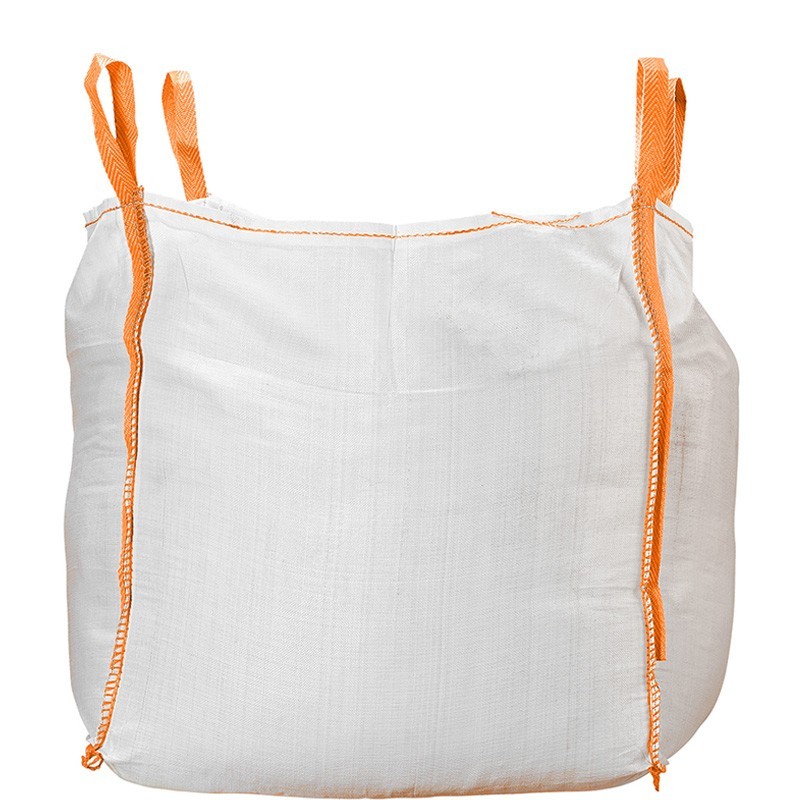A tonne bag, Approximately 750 litres. The volume of a tonne bag is equal to 0.75 cubic metres. One tonne equals one thousand kilogrammes.
Keep in mind that factors like the weight and density of the item being kept may cause the actual capacity of a tonne bag to be slightly less than 1,000 litres. For instance, the volume may be somewhat reduced due to the material’s density or weight.
What is a tonne bag?
Tonne bags, sometimes called bulk bags or FIBC (Flexible Intermediate Bulk Containers), are widely used across several sectors for transferring and storing bulky commodities. It is essential for effective utilisation and logistics planning to know their capacity in litres.
Below is the ratio between tonne bags and litres, explaining the variables that affect their storage capacity.
Defining Tonne Bags
Tone bags are made of woven polypropylene material and are large and durable. They come in many different forms, from those designed to grind small powders and granules to those designed to crush coarse building debris. These bags have a capacity that can easily be several metric tonnes.
Conversion Factors: Kilograms to Litres

It’s necessary to know the conversion variables before digging into the litre capacity of a tonne bag. A substance’s density directly affects how many litres one kilogramme of substance will take up. The formula for density is the kilogramme mass divided by the cubic metre volume. Because water has a density of around 1000 kilogrammes per cubic metre, 1 kilogramme is roughly equal to 1 litre. However, for different materials, this equivalency can shift dramatically.
Calculating Tonne Bag Capacity in Litres
Due to its intended use, the volume of a tonne bag is often stated in kilogrammes. However, the load’s density must be considered when determining its capacity in litres. To convert the volume to cubic metres (m3), use the following formula:
Volume (m³) = Weight (kg) / Density (kg/m³)
Once the volume in cubic metres is obtained, it can be converted to litres using the conversion factor: 1 m³ = 1000 litres.
Variability Due to Material Type
The literate capacity of tonne bags with the same weight restriction varies because different materials have different densities. Despite their same weight, a tonne bag filled with sand and another filled with lead pellets will have vastly different volumes (in litres, for example). This variation is critical when evaluating the amount of material that can fit in a tonne bag.
Industry Specifics
Tonne bags serve a variety of purposes for a wide range of businesses. In the building industry, tonne bags transport materials, including sand, gravel and stones. They might be used to convey fertilisers or wheat in farms. Each sector relies on precise estimates of bag capacities to facilitate logistics, cut down on waste, and meet safety standards.
FAQs
What size is a tonne?
The mass of one tonne is equal to 1,000 kilogrammes. A measurement system is other than the SI that is compatible with it. Compared to the metric tonne, some non-metric units include the short tonne (U.S. customary units) and the long tonne (British imperial units).
Are 1 ton and 1 tonne the same?
The difference between “ton” and “tonne” goes beyond a simple spelling difference; both terms sound similar and refer to a unit of mass. The metric system uses the kilogramme, and 1 ton equals 1,016.047 kilogrammes (or 2,240 pounds). The mass of 1 tonne is equivalent to 1,000 kg or 2,204.6 lb.
How do you calculate a tonne?
The tonne, the international standard unit of mass/weight, equals 1,000 kilogrammes (2,204.6 pounds). The mass of one tonne is equivalent to one megagram.
Does tonne mean 100?
Tonne is also commonly used as a slang term meaning a great quantity. The number 100 is commonly expressed as a tonne in British English.
How many bags are in a tonne?
The tonne is the SI/metric unit of measurement that is equivalent to one tonne. 1000 kilogrammes equals 1 tonne. There would be 20 bags of 50 kilogrammes each in a tonne.
How much can 1 ton carry?
A half-ton truck can haul 1,000 pounds, a three-quarter tonne can haul 1,500 pounds, and a one-ton vehicle can haul 2,000 pounds since one conventional tonne is 2,000 pounds.
Final Verdict
The amount of liters in a tonne bag is important in many sectors and applications. I illuminated this topic and its practical relevance through our research. Understanding this link between volume and weight has revealed metric conversions and their practical applications.
However, “How many liters in a tonne bag?” is significant beyond its numerical worth. It represents the interaction between measurement systems and their practicality. This understanding is essential for informed decision-making and resource management in a precise world.











